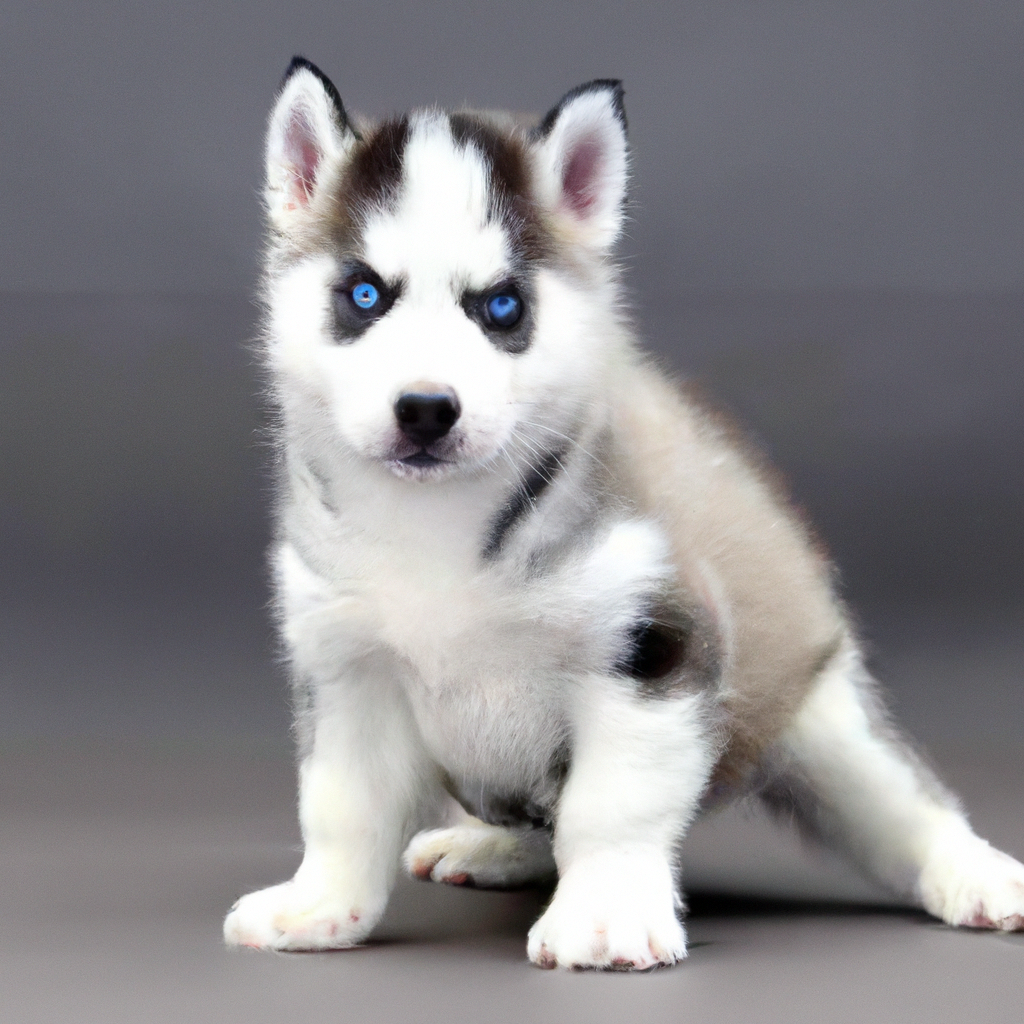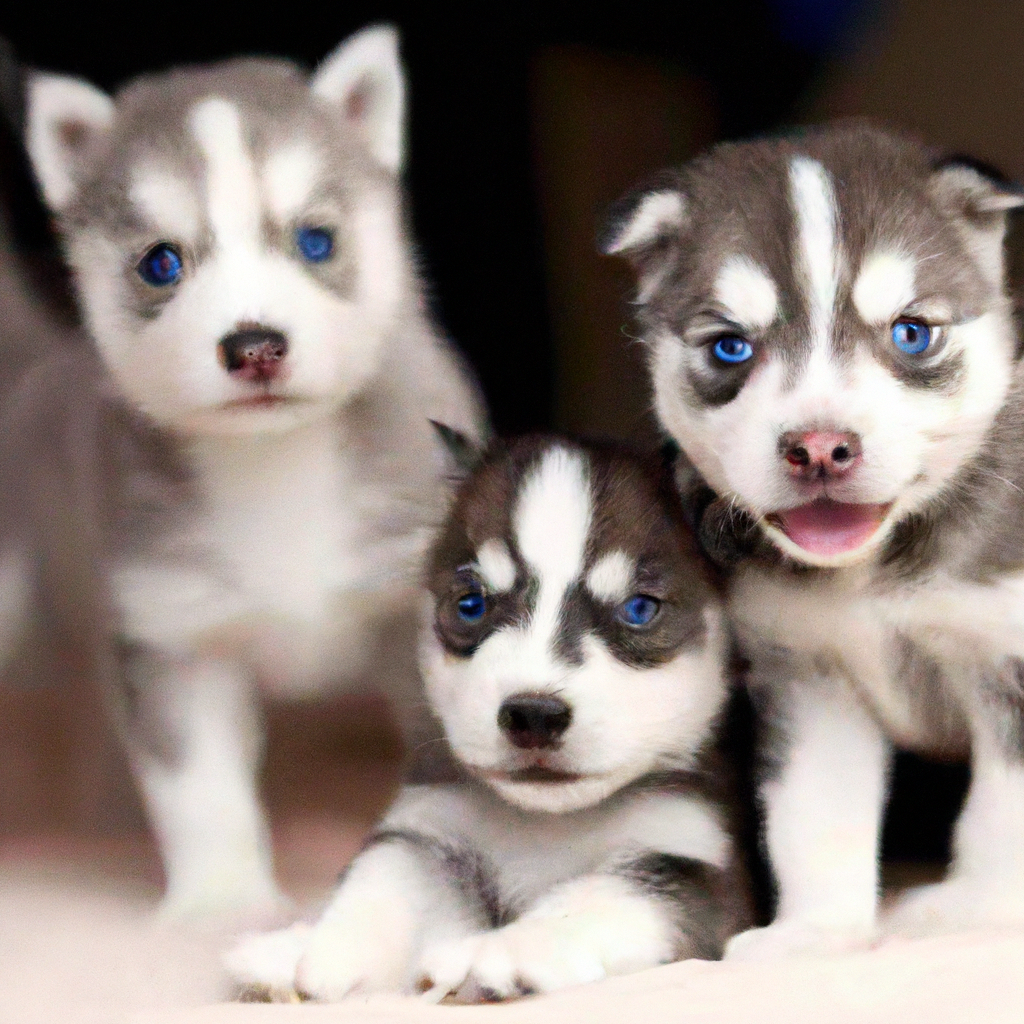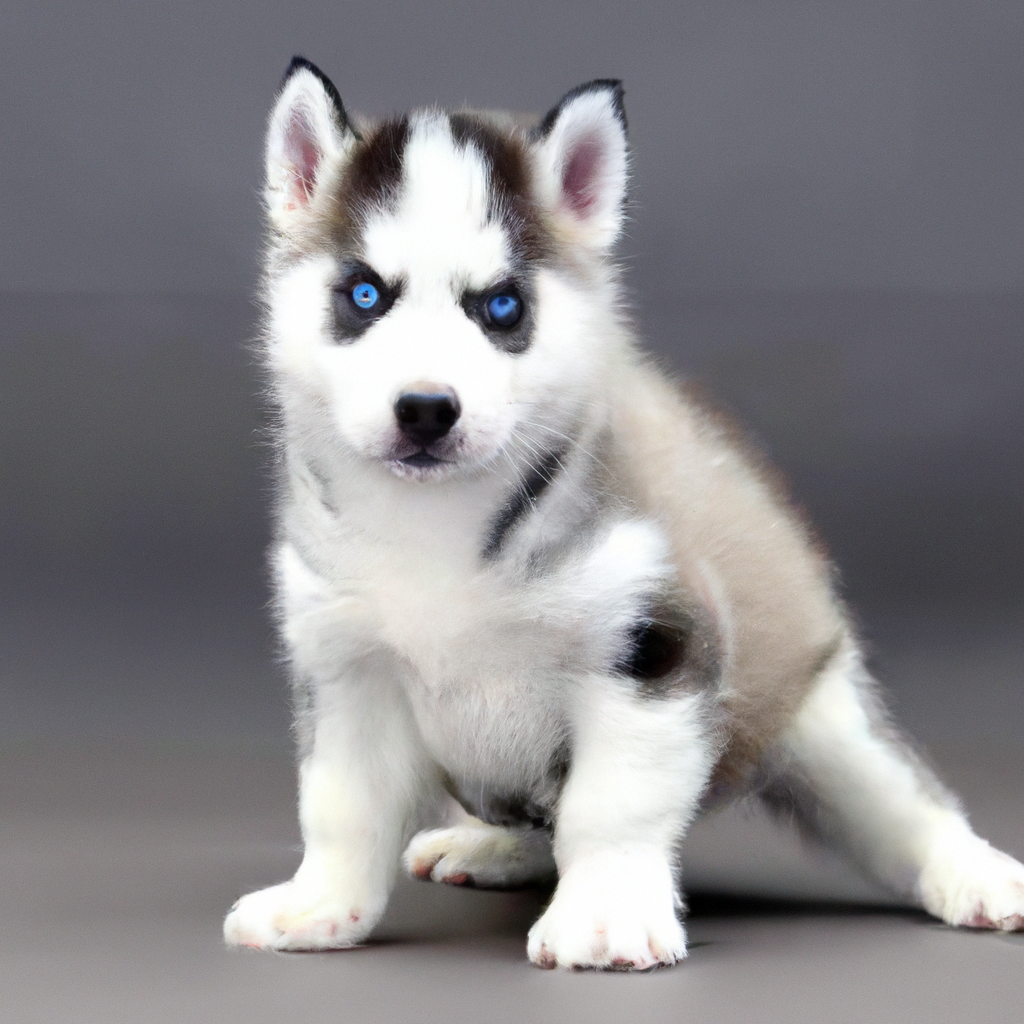If you’ve ever wondered about the cost of bringing home a furry bundle of joy like a Husky puppy, you’re not alone. With their striking blue eyes and fluffy coats, these popular pups have captured the hearts of many. But before you make the decision to add one to your family, it’s important to consider the financial commitment. In this article, we’ll take a closer look at the average price range for a Husky puppy, as well as factors that can influence the cost. So, get ready to explore the fascinating world of Husky ownership and find out just how much it may cost to bring home one of these adorable dogs.
Factors that Influence the Price of a Husky Puppy
Owning a Husky puppy is an exciting and rewarding experience, but it’s important to understand the various factors that can influence the price of these beautiful dogs. From breed quality to geographical location, there are several aspects to consider when determining the cost of a Husky puppy. In this comprehensive article, we will delve into these factors in detail, providing you with valuable insights to help you make an informed decision.

Breed Quality
When it comes to Huskies, breed quality plays a significant role in determining their price. Breeders often categorize Huskies into two main classifications: show quality and pet quality.
Show Quality Huskies
Show quality Huskies are dogs that meet all the standards and requirements set by kennel clubs. They possess desirable physical attributes, temperament, and conform to the breed standard. Show quality Huskies are typically more expensive due to their superior genetics and potential for participating in dog shows and breeding programs.
Pet Quality Huskies
On the other hand, pet quality Huskies may deviate slightly from the breed standard. While they may not possess the precise characteristics required for dog shows, they still make wonderful companions. Pet quality Huskies are generally more affordable than their show quality counterparts.
Pedigree
Another influential factor in determining the price of a Husky puppy is their pedigree, which refers to their lineage and ancestry. Huskies can come from either champion lineage or non-champion lineage, each having its impact on their price.
Champion Lineage
Huskies with champion lineage have a long-established heritage of show-winning ancestors. Their bloodline can be traced back through several generations of champion dogs, showcasing a strong genetic background. Due to the prestige associated with champion lineage, puppies from such backgrounds tend to carry a higher price tag.
Non-Champion Lineage
Huskies with non-champion lineage, while lacking the accolades of show-winning ancestors, can still be exceptional pets. They may not have the same level of predictability in terms of physical traits and temperament but can still possess the signature Husky characteristics. Puppies from non-champion lineage are often more affordable compared to those from champion bloodlines.
Limited Registration
In some cases, breeders may offer limited registration for Husky puppies. Limited registration means that the dog is registered with a kennel club, but any offspring produced by the dog cannot be registered. This limitation can impact the overall price of the puppy as it restricts their potential for breeding and may be reflected in a lower price.
Health Clearances
The health and well-being of a Husky puppy should be a top priority for any responsible breeder. Health clearances, which are conducted by qualified veterinarians, provide essential information about a puppy’s genetic health and potential hereditary conditions. These clearances can significantly affect the price of a Husky puppy.
Health Testing
Health testing involves various examinations, including hip and elbow evaluations, eye examinations, and genetic testing for specific diseases prevalent in the Husky breed. Puppies with positive health test results may command a higher price due to the reduced risk of developing certain health issues.
Clearance Certifications
Once a Husky puppy passes the necessary health tests, they receive clearance certifications. These certifications provide tangible proof of a puppy’s health and can increase their value. Puppies with multiple certifications from renowned testing organizations may be priced higher than those with fewer or no certifications.

Breeder Reputation
The reputation of the breeder you choose to obtain your Husky puppy from can have a significant impact on the price you pay. Different types of breeders exist, ranging from well-established breeders to backyard breeders and even rescue organizations.
Well-established Breeders
Well-established breeders are known for their expertise, knowledge, and commitment to breeding healthy and high-quality Huskies. They invest heavily in their breeding program, ensuring proper care, socialization, and health testing of their puppies. Due to their reputation and the resources they dedicate to breeding, puppies from well-established breeders usually come with a higher price tag.
Backyard Breeders
Backyard breeders, on the other hand, are individuals or small-scale breeders who may not have the same level of expertise or resources as established breeders. While their prices may be lower, it’s crucial to consider that they may not provide the same level of breeding standards, health clearances, or support as well-established breeders. Choosing a backyard breeder should be done with caution and careful consideration.
Rescue Organizations
Rescue organizations also offer Huskies for adoption at a relatively lower price compared to breeders. These organizations rescue and rehabilitate Huskies in need, ensuring they find loving homes. If you’re open to adopting a Husky rather than purchasing a puppy, rescue organizations can be an excellent option, both morally and financially.
Geographical Location
Where you live or where the breeder is located can also impact the price of a Husky puppy. Geographical location influences the local market variations and transportation costs associated with acquiring a Husky.
Local Market Variations
Supply and demand dynamics can vary from region to region, resulting in different prices for Husky puppies. In areas with a higher demand for Huskies, prices may be higher due to limited availability. Conversely, in regions where Huskies are less popular, prices may be relatively lower due to easier accessibility.
Transportation Costs
If you’re considering purchasing a Husky puppy from a breeder located far away from your home, transportation costs can add to the overall price. The expenses associated with flying or shipping the puppy to your location can vary depending on the distance and the airline or shipping service used.
Supply and Demand
The principles of supply and demand also come into play when pricing Husky puppies. The availability of puppies, their popularity, and any seasonal variations can significantly influence their price.
Availability of Puppies
Huskies are a popular breed, but availability can vary depending on the region and time of year. If there is a limited supply of puppies in your area, breeders may charge higher prices to meet the demand.
Popularity and Trends
Popularity and trends within the dog world can affect the price of Husky puppies. If Huskies are currently in high demand or experiencing a surge in popularity, breeders may increase their prices accordingly.
Seasonal Variations
The time of year can also impact the price of Husky puppies. Some breeders may offer seasonal discounts or promotions, while others may raise their prices during peak seasons, such as around holidays or during the summer months. It’s important to be aware of these seasonal variations when considering the cost of a Husky puppy.
Coat Color and Markings
Huskies are known for their striking coat colors and unique markings, and these aesthetic features can influence the price of a puppy.
Standard Coloration
Huskies typically display a range of coat colors considered standard within the breed, such as black, gray, and white. Puppies with these standard colors may be priced within the average range compared to those with rarer colors or patterns.
Rare Colors and Patterns
In contrast, Huskies with rare coat colors or patterns, such as sable, agouti, or merle, may command higher prices. These unique and sought-after traits make them more desirable to potential owners, resulting in increased demand and elevated price tags.
Age of the Puppy
The age of a Husky puppy also plays a role in determining its price. Breeders often categorize puppies into different age groups, each with its associated cost.
Newborn Puppies
Newborn Husky puppies, typically up to eight weeks old, tend to be priced higher due to the increased care and attention they require. These early stages of a puppy’s life are crucial for their development and socialization, and reputable breeders invest significant time and effort into this process.
Young Puppies
Puppies between eight to sixteen weeks old are slightly older and may have already received some vaccinations and basic training. Their prices can be slightly lower compared to newborn puppies.
Adult Puppies
Some breeders may offer adult Husky puppies, typically over sixteen weeks old, at a reduced price. Adult puppies still make delightful companions and may require less initial training and adjustment compared to younger puppies.
Training and Socialization
Proper training and socialization are essential for Huskies to become well-behaved and balanced dogs. Breeders who invest time and resources into training and socializing their puppies may reflect these efforts in their pricing.
Additional Expenses
Lastly, it’s important to consider additional expenses that come with owning a Husky puppy. These expenses go beyond the initial purchase price and can impact the overall cost of owning a Husky.
Vaccinations and Deworming
Huskies, like all dogs, require regular vaccinations and deworming treatments to maintain their health and protect against common diseases. The cost of these essential medical procedures should be factored into your decision-making process.
Microchipping
Microchipping is another important expense to consider. This procedure involves implanting a tiny microchip under the dog’s skin, which contains identification information. The cost of microchipping can vary, but it is a necessary investment to ensure your Husky’s safety and well-being.
Spaying or Neutering
Unless you plan to breed your Husky, spaying (for females) or neutering (for males) is typically recommended. These procedures not only prevent unwanted pregnancies but also offer health benefits. The cost of spaying or neutering should be considered when determining the overall cost of owning a Husky.
Accessories and Equipment
Huskies have specific needs when it comes to accessories and equipment. Items such as a suitable crate, collars, leashes, food and water bowls, grooming tools, and toys should be factored into your budget. While these expenses may not significantly impact the initial purchase price, they contribute to the overall cost of owning a Husky.
Vet Check-ups
Regular veterinary check-ups are necessary to monitor your Husky’s health and well-being. The cost of routine examinations, preventive treatments, and any unexpected veterinary care should be taken into account when gauging the long-term expenses of owning a Husky puppy.
In conclusion, several factors come into play when determining the price of a Husky puppy. From breed quality and pedigree to health clearances, breeder reputation, geographical location, and supply and demand dynamics, each factor contributes to the puppy’s overall worth. Additionally, considerations such as coat color and markings, age, training, and additional expenses can further influence the price. By understanding these factors and their impact, you can make an informed decision and find the perfect Husky companion while considering your desired budget.
